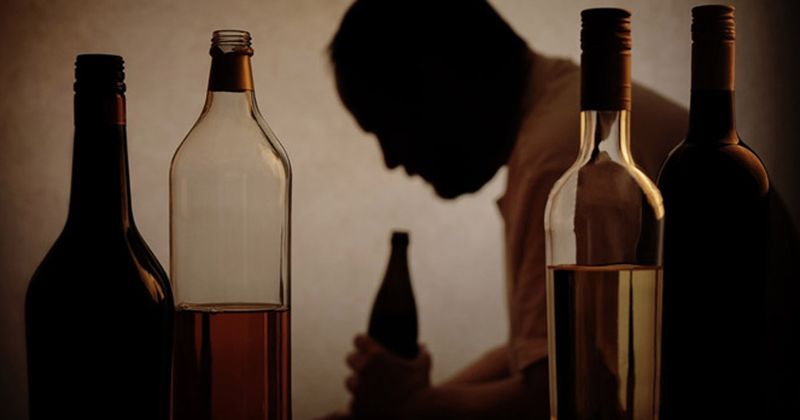College students’ emotional states may influence their alcohol use
College students’ emotional states were associated with their alcohol use, according to study results published in Alcoholism: Clinical and Experimental Research.
“Understanding the factors that promote and maintain pathological alcohol use remains a vitally important aspect of public health research,” Ardhys N. De Leon, of the department of psychology at the University of Central Florida, and colleagues wrote. “Most prominent models of pathological alcohol use posit that emotion regulation is one of the most important components in the etiology and maintenance of pathological use.”

Specifically, affect regulation has been linked to problematic alcohol use, while emotion instability has served as a predictor of alcohol-related problems and has been associated with reinforcement mechanisms.
In the current study, the investigators assessed positive and negative mood, as well as mood instability, among 74 students from a single university who were current drinkers recruited for a 21-day ecological momentary assessment in real time across drinking and nondrinking days. Baseline alcohol screening revealed that most participants were heavy drinkers and at risk for alcohol-related harm. Participants completed up to 10 random assessments of emotional functioning and alcohol use each day. Emotional function assessments evaluated five positive mood states, which were: excited, enthusiastic, energetic, happy and joyful, as well as four negative mood states, which were: anxiety, anger, stress and sadness. De Leon and colleagues calculated mood instability according to the difference in mood between an assessment and the one following it. They defined a drinking day as any day where alcohol was consumed.
Results showed higher positive emotion across the day on drinking days vs. nondrinking days, and this increase continued after drinking initiation. Conversely, negative emotion across the day was lower on drinking days vs. nondrinking days, and this decrease continued after drinking initiation. The researchers noted stable emotional functioning across the day on nondrinking days; however, they reported a steady increase in emotional instability leading up to drinking initiation on drinking days, which rapidly stabilized after initiation.
“We would caution against interpreting these results as causal,” De Leon and colleagues wrote. “It is plausible that the mood trajectories are a product of decisions to drink made well before drinking was initiated. This remains a question for future research. The results highlight the importance of emotion dynamics for alcohol consumption and suggest interventions targeting emotional instability may be especially effective.”
